Cray unveils Cascade XC30 supercomputer
New system scales to 100 petaflops, and takes Titan’s title as fastest supercomputer.
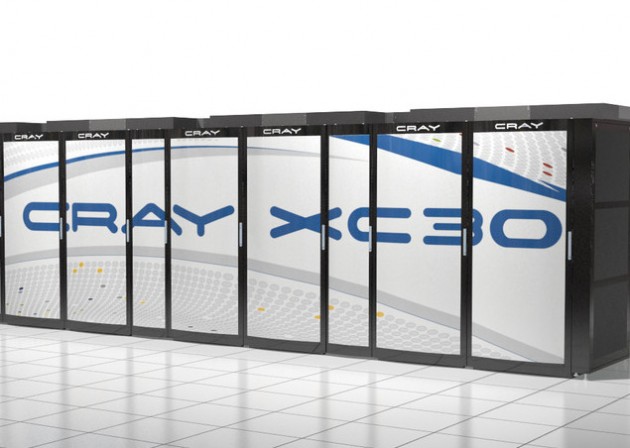

Cray has launched its new XC30 supercomputer, codenamed "Cascade", which aims to scale high performance computing (HPC) workloads of more than 100 petaflops.
The new supercomputer looks set to surpass the computer power of Cray's AMD/Nvidia-powered Titan supercomputer, launched last month. Titan runs at 20 petaflops, a fifth of the compute power of Cascade.
The XC30 uses Intel Xeon ES-2600 processors and Nvidia Tesla GPUs. The supercomputer will be able to use Xeon Phi GPUs in the future. Intel is pinning its hopes on Xeon Phi to dislodge Nvidia in the supercomputer market. Cray XC30 systems can scale in excess of one million cores.
The new system sports the new Aries interconnect chip. This was developed by Cray but then later sold to Intel. Cray still has exclusive rights to use current generations of the technology.
In order to scale the massively parallel chips, the system uses a topology called Dragonfly that lets applications run across the system without being constrained to a particular processor.
Compared to other supercomputers, the XC30 is relatively eco-friendly, using an innovative cooling system that uses a transverse airflow to cool the chips and cut power consumption. The processors are also designed for lower power use as well.
The first six customers to take ownership of the XC30 are Swiss National Supercomputing Centre (CSCS) in Lugano, the Pawsey Centre in Perth, Australia, the Finnish IT Center for Science (CSC), the US Department of Energy's National Energy Research Scientific Computing Center (NERSC) in Berkeley, Japan's Academic Center for Computing and Media Studies (ACCMS) at Kyoto Universit, and the University of Stuttgart's High Performance Computing Center Stuttgart (HLRS) in Germany.
Get the ITPro daily newsletter
Sign up today and you will receive a free copy of our Future Focus 2025 report - the leading guidance on AI, cybersecurity and other IT challenges as per 700+ senior executives
Peter Ungaro, president and CEO of Cray said the new XC30 would provide researchers, scientists and engineers with a system that can adapt to fit their most demanding applications.
"We're off to a great start with more than $100 million in contracts for this system, and we believe the Cray XC30 series of supercomputers will allow a broader base of users to leverage the world's most advanced supercomputing technology," he said.
"The Cray XC30 system will be a valuable supercomputing resource for our researchers and scientists, as well as for our industrial partners in the automotive and aerospace industries," said Prof. Dr. Michael Resch, director of HLRS.
"We have worked closely with Cray over the years to ensure our users are equipped with innovative supercomputing systems that are built with leading-edge supercomputing technology, and we look forward to continuing our collaboration with the Cray XC30."
Early shipments of the Cray XC30 are starting now, and systems are expected to be widely available in first quarter of 2013.
Rene Millman is a freelance writer and broadcaster who covers cybersecurity, AI, IoT, and the cloud. He also works as a contributing analyst at GigaOm and has previously worked as an analyst for Gartner covering the infrastructure market. He has made numerous television appearances to give his views and expertise on technology trends and companies that affect and shape our lives. You can follow Rene Millman on Twitter.
-
 Should AI PCs be part of your next hardware refresh?
Should AI PCs be part of your next hardware refresh?AI PCs are fast becoming a business staple and a surefire way to future-proof your business
By Bobby Hellard Published
-
 Westcon-Comstor and Vectra AI launch brace of new channel initiatives
Westcon-Comstor and Vectra AI launch brace of new channel initiativesNews Westcon-Comstor and Vectra AI have announced the launch of two new channel growth initiatives focused on the managed security service provider (MSSP) space and AWS Marketplace.
By Daniel Todd Published
-
 Accelerating business modernization
Accelerating business modernizationModernizing your infrastructure with the right servers can accelerate business transformation, enhance security, and future-proof your organization for tomorrow’s challenges
By Rene Millman Published
-
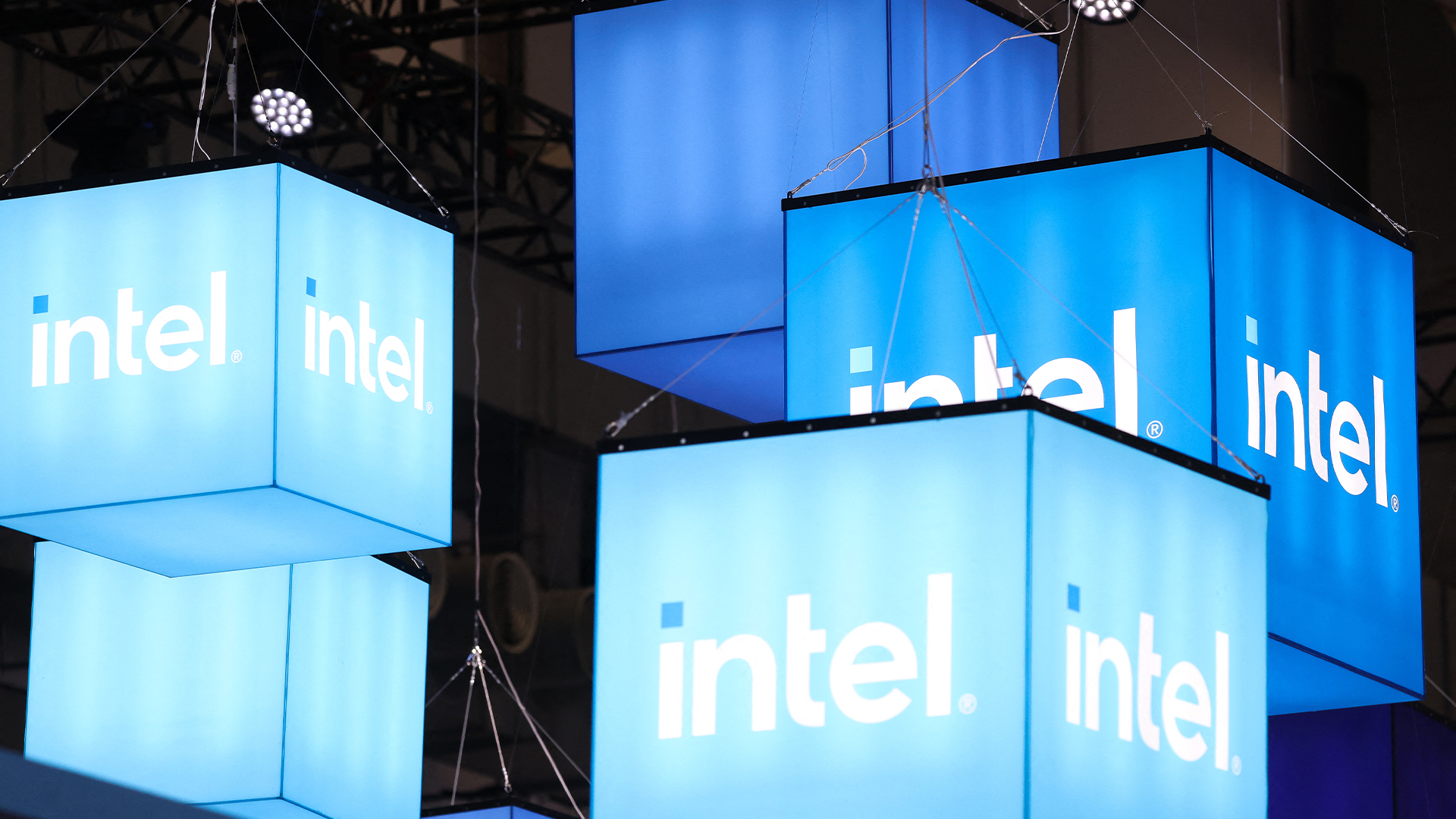 Intel layoffs to hit 15,000 roles as falling revenue and poor returns on AI bite
Intel layoffs to hit 15,000 roles as falling revenue and poor returns on AI biteNews CEO Pat Gelsinger announced news of the Intel layoffs following a recent earnings call
By George Fitzmaurice Published
-
 Sustainable business starts with sustainable IT infrastructure
Sustainable business starts with sustainable IT infrastructureWhitepaper Reduce energy consumption without sacrificing performance with Intel and CDW
By ITPro Published
-
 Winning the data-centric digital business in this decade
Winning the data-centric digital business in this decadeWhitepaper Discover more about Dell’s adaptive, secure, and resilient portfolio for the digital business and win in this data-centric era
By ITPro Published
-
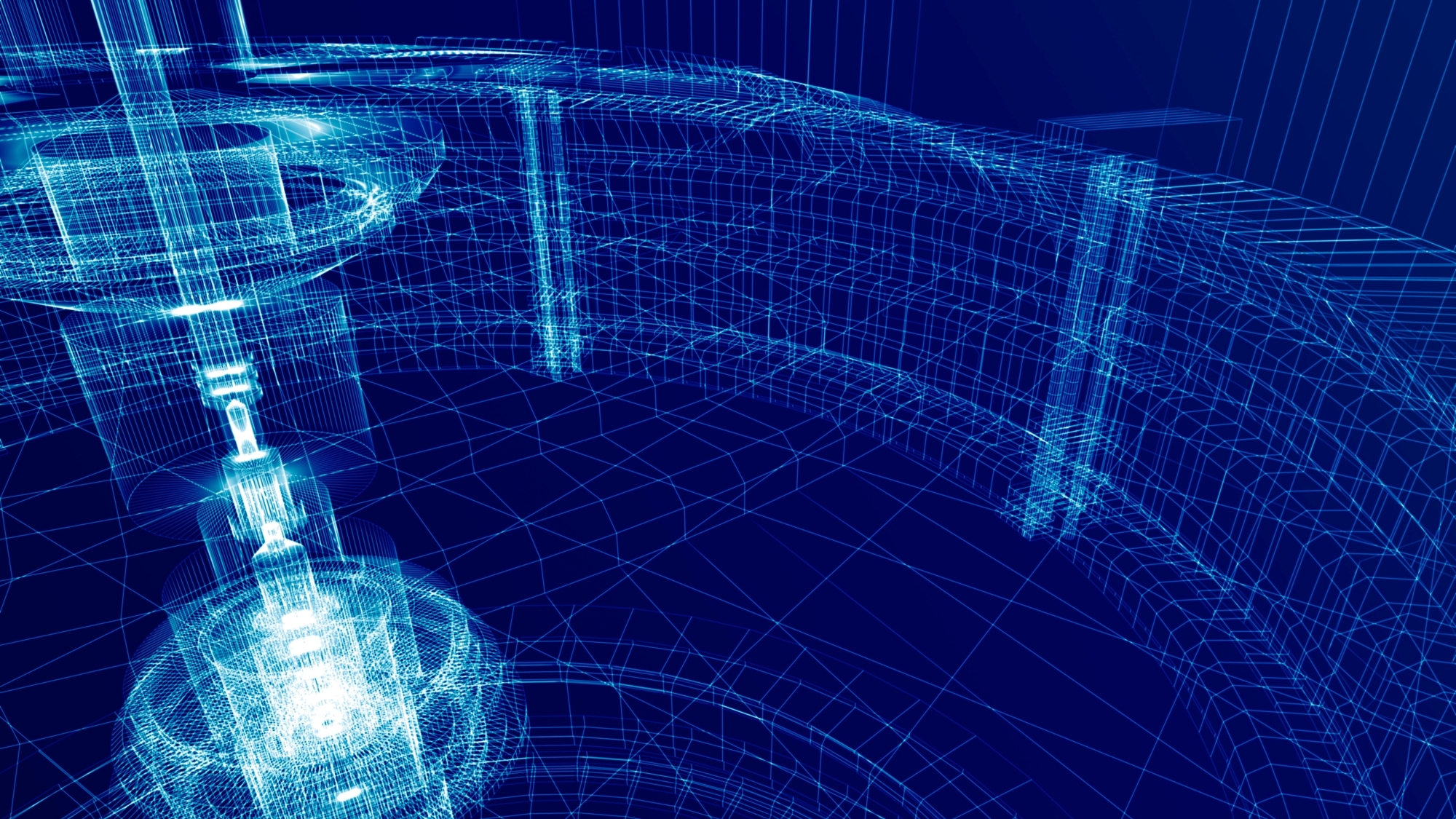 Intel and Dell secure deal to build a digital twin of a UK fusion power plant
Intel and Dell secure deal to build a digital twin of a UK fusion power plantNews The simulation will be critical for meeting the ambitious goal of delivering fusion energy to the UK’s energy network in the 2040s
By Richard Speed Published
-
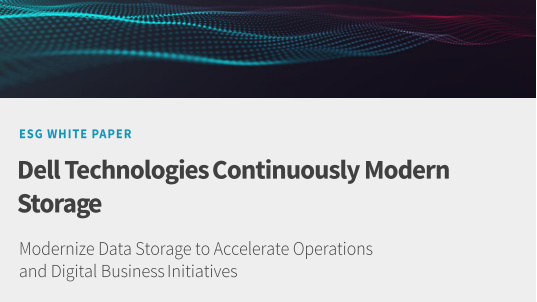 Continuously modernize storage
Continuously modernize storageWhitepaper Modernize data storage to accelerate operations and digital business initiatives
By ITPro Published
-
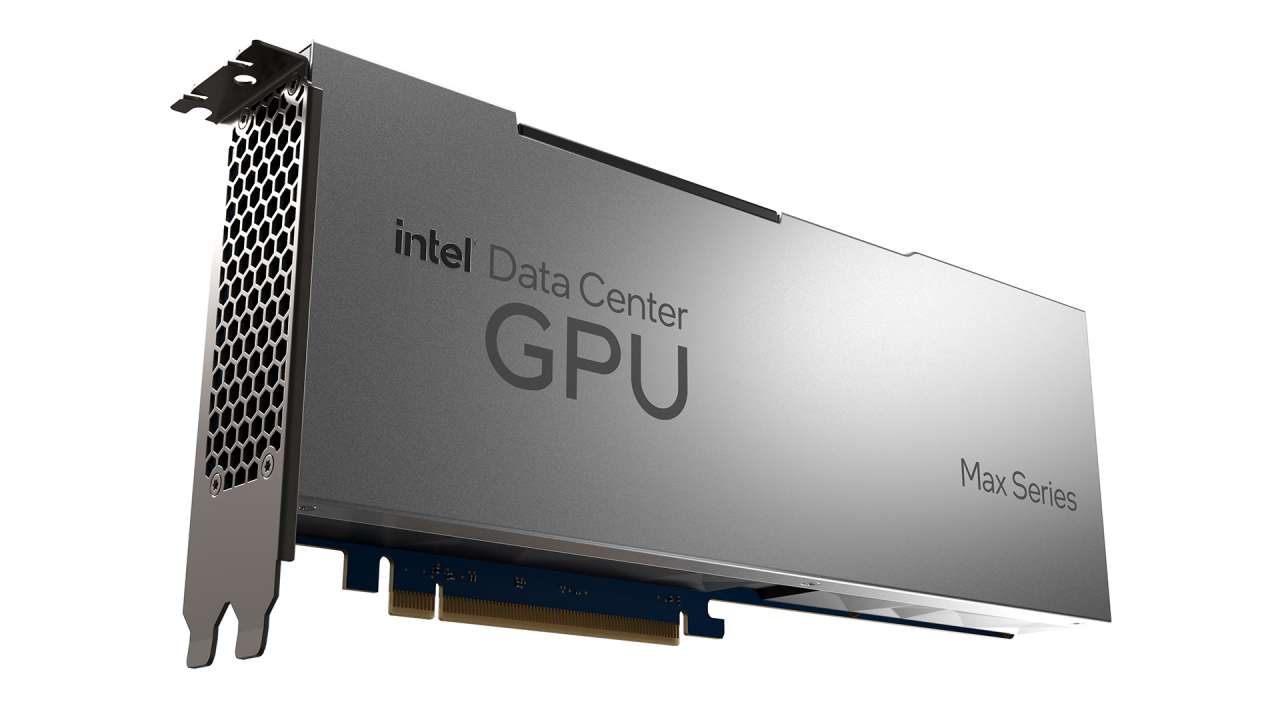 Intel pitches new 4th Gen Xeon chips as its "most sustainable" data centre processors
Intel pitches new 4th Gen Xeon chips as its "most sustainable" data centre processorsNews The chip giant suggested the launch of the 4th Gen Sapphire Rapids processors marks a turnaround in its recent history
By Bobby Hellard Published
-
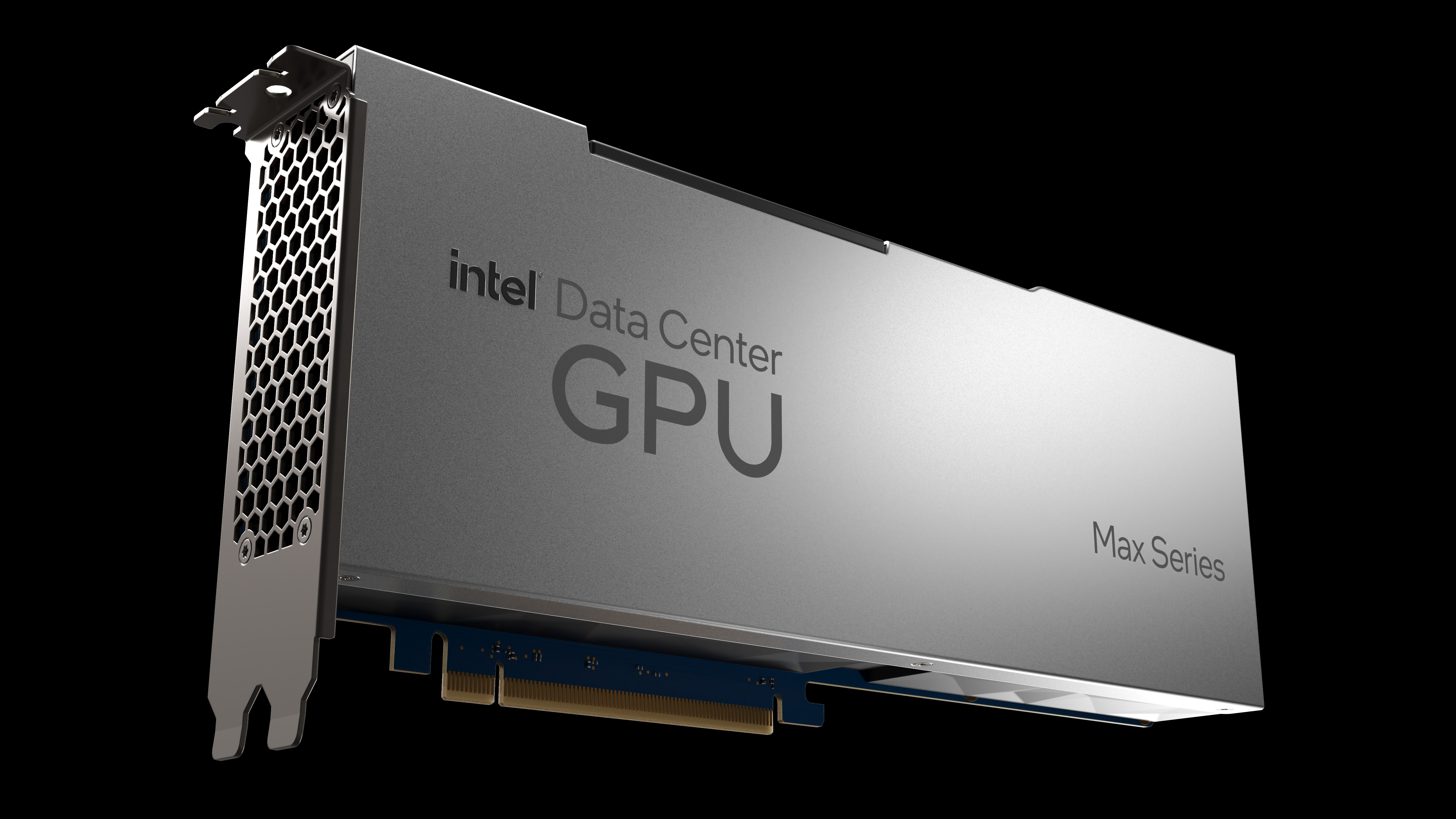 Intel unveils Max Series chip family designed for high performance computing
Intel unveils Max Series chip family designed for high performance computingNews The chip company claims its new CPU offers 4.8x better performance on HPC workloads
By Zach Marzouk Published